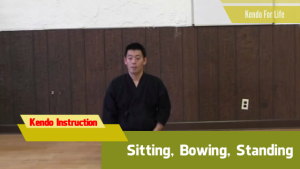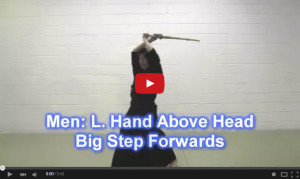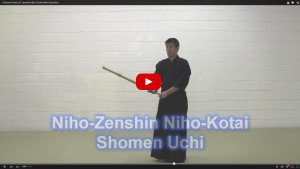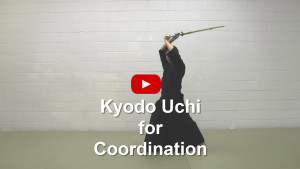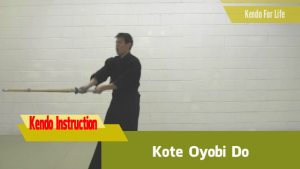 This instructional video introduces Kote oyobi Do that is another Ni Dan Waza.
This instructional video introduces Kote oyobi Do that is another Ni Dan Waza.
This is rather easy because you just strike do instead of men after kote strike. So if you have learned and practiced Kote oyobi Men very well, all you have to do is to strike do properly. There are some point that you should pay attention.
Some points you must pay attention:
- For kote strike, take a smaller step forward.
- Take a big step forward onto the right foot when striking do.
- When striking kote, make sure that you are striking your opponent kote. People tend to strike a higher place than the actual kote height.
- When striking do, make sure you turn your sword so you can use the blade to cut the do.
- Each strike must be done properly and completely.
- Have a loud kiai!
Now watch the video to learn it in detail!
Kendo Basics Series: Tandoku Dosa: Ni Dan Waza 3: Kote oyobi Do


